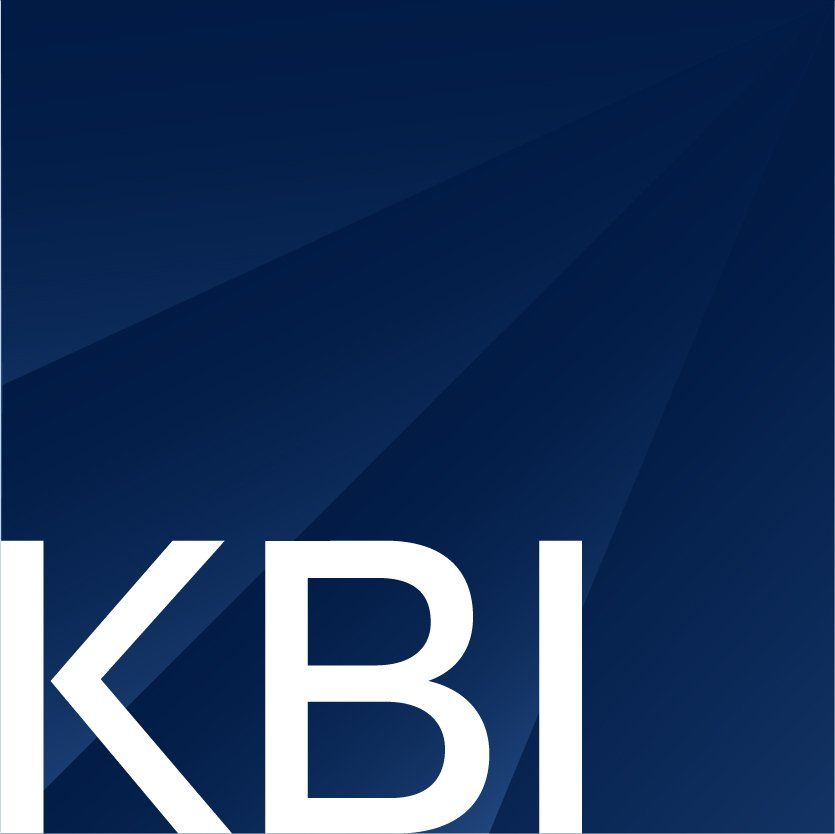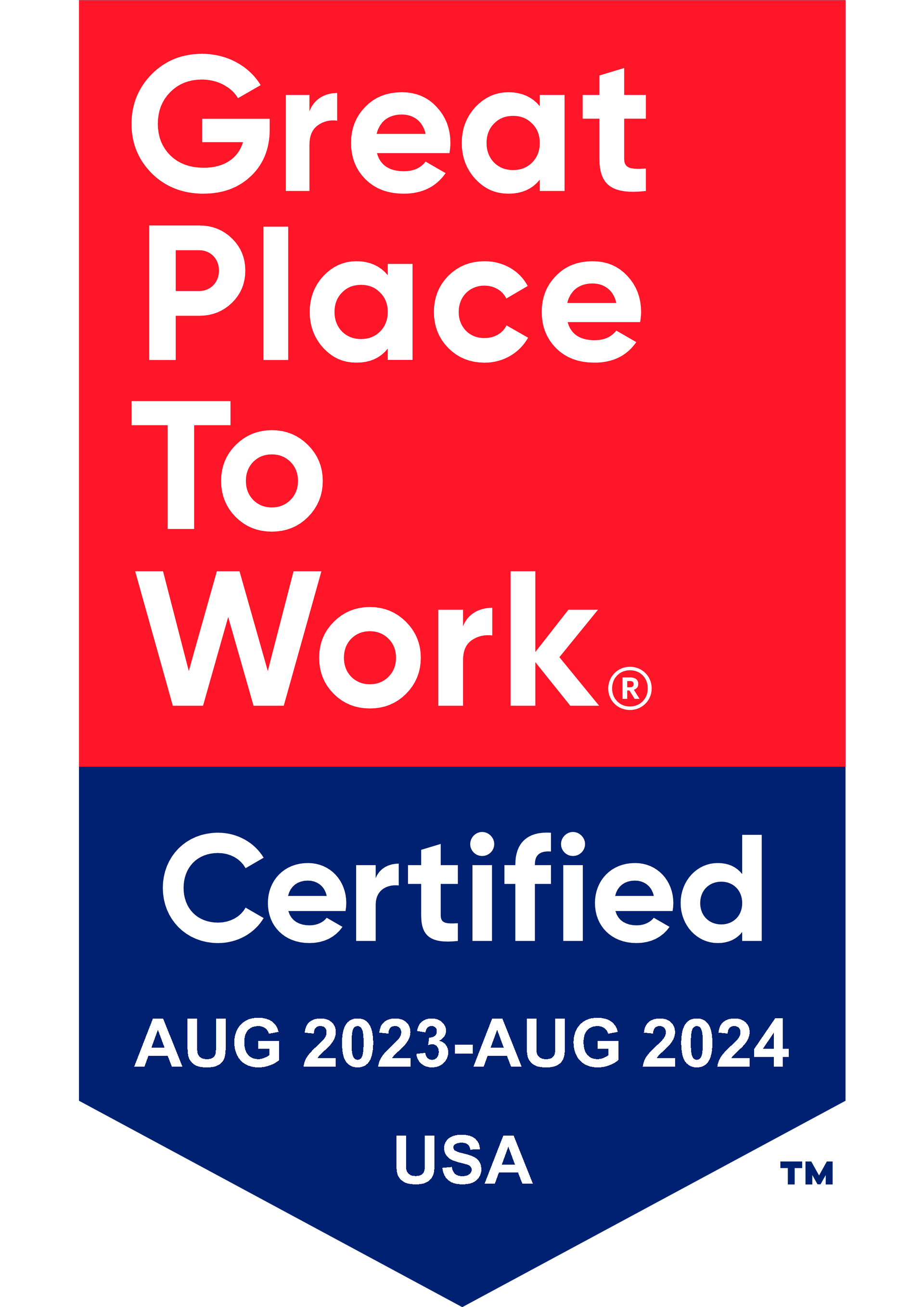Get in touch
408-366-8880
mymail@mailservice.com

Ways Technology Is Changing Employee Benefits

Technology continues to change employee benefits in many ways for both the employee and the employer. It is impacting the way benefits are administered, accessed, and delivered.
In a very competitive landscape, employers who take advantage of the flexibility technology has to offer in terms of benefits have more of a competitive edge to attract and retain talent. Rob Whalen, co-founder and CEO of PTO exchange shares, “By providing more robust financial support, offering flexibility, and rethinking benefits, HR teams will play a critical role in talent acquisition and retention in 2023.”
Ways Employee Benefits Technology Is Changing – Employee Focus
Here are ways many employers are utilizing employee benefits technology to positively impact their workforce through empowerment, personalization, and flexibility.
1. Empowerment with Healthcare Choices
Technology allows employers to beautifully support their employees with new options in terms of benefits, which empowers them to take their well-being into their own hands. Instead of booking an appointment to go to the doctor’s office when an illness or issue arises, many workers opt to book a telehealth appointment through their insurance or healthcare provider, a convenient solution that saves them time and hassle. Mental health appointments are frequently offered by telehealth as part of many benefits platforms today, as well, allowing employees to feel empowered to not only care for their physical health, but their mental and emotional health, too. Additionally, employees appreciate having the ability to choose how they use their benefits to support their financial wellbeing, like converting their paid time off to a cash payment to help pay down a personal loan or using the money to invest in a retirement or HSA plan.
Online benefits portals also give employees the opportunity to research and asks questions to take care of themselves and their families. Many portals offer e-learning tools, risk assessments, and a medical reference library.
And let's not forget about the many applications employers can offer their employees as part of a current benefit offering or as an additional perk to their benefits platform. Wellness tracking, fitness, wellness game, and meditation apps are just a few examples.
2. Personalization of Benefits
Research suggests that companies are continuing to attract and retain top talent through expanded and personalized benefits options. Selecting benefits is not always the easiest thing for employees to do, and technology can make it a bit less cumbersome and overwhelming. Technology allows employers to provide employees with personalized experiences and education about their options, which increases engagement, and in turn, increases participation.
By providing an online questionnaire, for example, employees have the opportunity to answer a list of personalized questions that can in turn provide them with benefits suggestions to meet their needs, making their decision-making process easier and less overwhelming. Employees can receive information about cost savings and the benefits of certain benefit choices, like securing an HSA, enrolling in short- and long-term disability, or participating in a high deductible health plan (HDHP). Cost calculators also make it possible for employees to make more informed, educated choices that align with their financial circumstances and current demographic.
3. Flexibility in Choices and Selection Process
Not all employers are offering flexible benefits yet, though when they are ready to do so, current trends in technology are ready to assist. Technology provides employers with the capability to allow employees to utilize their benefits in ways they need to, based on their current circumstances. And as more employers focus on the well-being of their employees, offering flexible benefits becomes part of the conversation.
Flexible benefits, as the name implies, provide employees with flexibility in how they use their benefits. If an employee needs additional money to pay for an unexpected expense, for example, some employers allow them to convert their unused vacation time or paid time off to a cash payment. This helps to take the financial burden off the employee and allows to avoid dipping into their retirement account or taking out a loan that increases their debt load.
Research shows that employees that are less stressed, including financially stressed, are more productive and engaged at work. Research also shows that flexibility is linked to job satisfaction, which in turn is also linked to productivity, employee morale, and retention. In other words, employers have an opportunity to use technology to create a healthier, happier, and more productive workforce.
Ways Employee Benefits Technology Is Changing – Employer Focused
When the employee benefits from technological advances, the employer does, too. All the above employee enhancements that result from technology provide benefits to the employer in terms of recruiting and retention, productivity, performance, morale, engagement, and more. Technology also supports employers in terms of efficiency, streamlining, compliance, and improving benefits offerings that can improve the bottom line and reduce some of the stress of in-house benefits administrators and HR departments.
1. Improve Efficiency
Using online systems for the digitization of processes and putting the power into the hands of the employees for benefits selection helps to improve efficiency and reduce headaches for both the employee and employer. It also allows HR to have more time to focus on other aspects of their jobs, like recruiting, retention, and employee relations.
2. Streamline Processes
From online enrollment to data storage and analysis, technology streamlines processes and takes a hefty burden off HR benefits administration in these areas. Onboarding software, as an example, allows for the integration of benefits platforms, so new hire enrollment is more seamless. Benefits platforms can also be integrated with other HR systems or be a part of the company's HR enterprise system, for general streamlining and ease of access to employee data and for reporting.
3. Ease Compliance Burdens
Technology and digital platforms allow employers to take ownership of data to support compliance. If someone has a qualifying event to secure benefits, for example, the employee can input the event in the benefits system and the employer or HR will be notified of the event. Next, the employer can verify what they need to ensure compliance and avoid the employee experiencing any unnecessary lapses in coverage or denial. Benefits platforms also make reporting easier to ensure compliance with Federal, state, and local laws.
4. Improve Benefit Offerings
Enrollment platforms allow employers to more easily analyze data regarding benefits and utilization. The result is benefits departments being able to make better, more informed choices about benefit offerings moving forward.
Pros vs. Cons of Employee Benefits Technology
One would be hard-pressed to say that, with the many benefits that technology brings, there are not some cons that come with it, as well. Regarding benefits technology, though it can provide personalization and empowerment, it can also lead to a lack of communication and the necessary connection required to work with an employee one-on-one to ensure their questions are correctly answered and they feel confident about their choices. Technology should not be used in place of benefits communication, and instead, should be used to ensure continuous benefits communication occurs throughout the year and not just during open enrollment. This approach further engages employees and helps ensure that they are aware of your organization's current offerings and any new offerings or offerings that are being eliminated.
Here are some additional challenges that can come with technology:
- It requires a learning curve for new users and any time a new system is installed or updated.
- Using technology can bring about frustration when it malfunctions and employees do not have the expeditious access they need to resolve any issues, especially ones that are time sensitive.
- Technology enhancements can be costly, so small and medium-sized businesses, especially, need to find solutions that are effective and cost-efficient and avoid unnecessary upgrades or new technology if it is not going to add enough value.
- We can sometimes become so dependent on and trusting of technology that we do not have a backup plan if something were to go wrong and there is a time-sensitive need, like an employee needing access to their HSA funds after hours but there is a glitch in the system and there is no way to fix it due to no resources being available.
The pros and cons of benefits technology need to be balanced so the benefits outweigh the cons.
Employee Benefits Brokers and Benefits Technology
If you’re looking for ways to enhance your employee benefits technology, an employee benefits broker can help. Benefits brokerage firms often have team members that specialize in benefits technology to ensure their clients are receiving the best options for their needs. That way, you don’t need to go it alone to optimize your benefits platform technology and processes.
Ways Technology Is Changing Employee Benefits: Key Takeaways
- Technology is enhancing the way benefits are administered, accessed, and delivered.
- Technology empowers employees in a variety of ways, including providing them with the ability to choose alternative healthcare options, like virtual appointments, to choose how they use their benefits to support their financial well-being, and to research and ask questions to take care of their wellbeing within the employer benefits platform.
- Research suggests that companies are continuing to attract and retain top talent through expanded and personalized benefits options.
- Technology eases the burden and hassle of selecting benefits for employees.
- Technology allows employers to provide employees with personalized experiences and education about their options, which increases engagement, and in turn, increases participation.
- As more employers focus on the well-being of their employees, offering flexible benefits becomes part of the conversation, and technology makes the administration of flexible benefits easier.
- Technology provides employers with the capability to allow employees to utilize their flexible benefits in ways they need to, based on their current circumstances.
- From online enrollment to data storage and analysis, technology streamlines processes and takes a hefty burden off HR benefits administration in these areas.
- Using online systems for digitization of processes and putting the power into the hands of the employees for benefits selection helps to improve efficiency and reduce headaches for both the employee and employer.
- Technology and digital platforms allow employers to take ownership of data to support compliance.
- Enrollment platforms allow employers to more easily analyze data regarding benefits and utilization, which allows benefits departments being able to make better, more informed choices about benefit offerings moving forward.
- Benefits brokerage firms often have team members that specialize in benefits technology to ensure their clients are receiving the best options for their needs.
KBI Offers Technology Consulting Services
At KBI, our technology consulting services can help your organization mitigate risks and provide you with the resources you need to achieve success within your organization. We can help you digitize your entire program and support you in your employees making an educated decision to receive the most value for their specific circumstances.
Contact us today for more information.
Services
Latest Thinking



